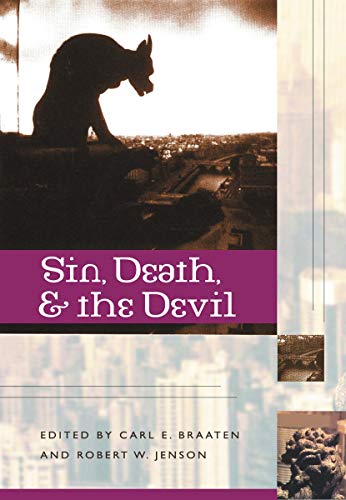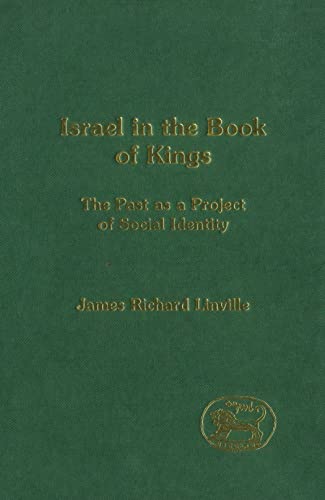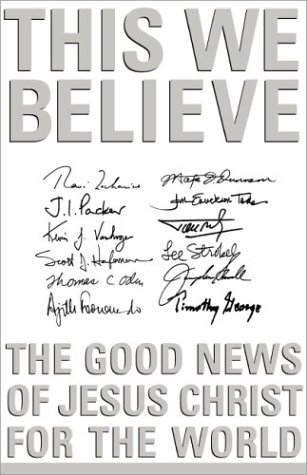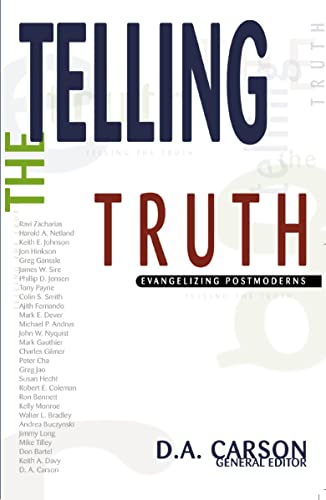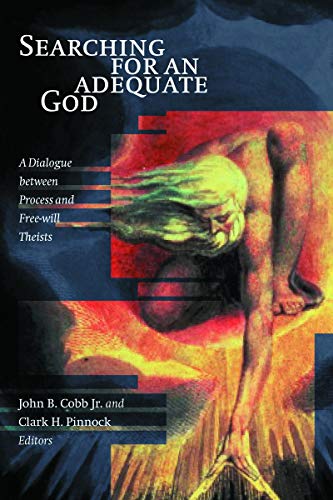Sin, Death and the Devil
Written by Carl E. Braaten and Robert W. Jenson (Eds) Reviewed By Patrick RichmondThis book has its origin in a conference of Roman Catholic and Protestant scholars, prompted by cultural shifts in the secular West that the present Pope terms a ‘culture of death’. Braaten is executive director of the Centre for Catholic and evangelical theology and has already co-edited books with a similar ecumenical perspective with Jenson.
Jenson introduces the essays by suggesting that our culture is headed towards nihilism. Christianity stripped away belief in pagan idols, but atheism has begun to strip away belief in God. Nihilism is the way sin, death and the devil lead us; they all exist parasitically on the good.
In ‘Sinsick Stanley Hauerwas argues that sin is like a sickness and not merely a matter of free choice. Conversely, medicine has become a new religion, with hospitals as its cathedrals. A Christian view of sin and death requires a review of contemporary attitudes to medicine. Hauerwas commends Aquinas’ view that sickness and death result from Adam’s Fall; our physical constitution is unchanged but we have lost divine blessings meant to keep us alive and well.
In ‘The Problem of Original Sin’ Gary Anderson argues that the Genesis story should be read in the light of the NT. Just as the rabbis understood Genesis in relation to Torah and Israel’s election, so Christians understand it in relation to Jesus. Isolated consideration of original sin may just as well cause despair or resignation as repentance, but Christian liturgy and Paradise Lost see the Fall as the context for God’s greater redemption. The story of Adam and Eve affirms that all humanity exists in the context of God’s mercy. However, the question of whether Paul compares and contrasts Christ to a merely symbolic Adam is not directly answered.
In ‘Eucharist as Sacrament of Union’, A.N. Williams explores the Bible; Anglican, Lutheran and Roman liturgy; and Aquinas and Calvin, arguing that the Eucharist strengthens our union by symbolising the unity of God and humanity in the incarnation, the unity of the Trinity and the unity of the people of God in Christ. Lack of intercommunion among denominations displays the importance of agreed faith to Christian unity.
Gilbert Meilander, in ‘I renounce the devil and all his ways’, follows Augustine, offering 1 John 2:15–16 (‘all that is in the world, the lust of the flesh and the lust of the eyes and the pride of life is not of the father’) as an analysis of means by which the devil tempts us. The lust of the flesh includes sensory desires, e.g. for food as well as sex. The lust of the eyes means empty longing and curiosity; the modern world, with its craving for visual entertainment, is full of this temptation. The pride of life includes the desire for affirmation apart from God. Meilander argues that the early Church needed to stress renunciation of the world because of the grip of paganism; we need to rediscover this in our post-Christian culture.
Richard John Neuhaus takes the papal encyclical Evangelium Vitae as his guide in ‘the gospel of life is the gospel’. Preaching and moral teaching are inseparable. Abortion and euthanasia are therefore anti-gospel. Unfortunately there is no attempt to nuance ‘Thou shalt not kill’ to deal with legitimate queries, e.g. concerning just war.
In ‘Oh Death, Where Is Your Sting?’ Vigen Guroian points out that belief in the resurrection of the body marks Christianity out from Hindu religion. In Orthodox theology and liturgy Christ’s descent to Hades defeats death and the devil and is symbolised in baptism. There is however, no interaction with theologians who question the exegetical basis for a descent ‘to hell’.
Occasionally I felt that the essays lacked Biblical depth or were more concerned to preach to the converted than to hone tools for missionary engagement. Overall, though, the ecumenical perspective provides a refreshing breadth of theological concern compared with some evangelical theology, and addresses neglected themes in a stimulating way.
Patrick Richmond
St Catharine’s College


